
- ARTICLE
- LIFE AT WAYBEYOND
Fruit Logistica 2024 roundup
Fruit Logistica 2024 in Berlin wrapped last week, bringing to a close its biggest edition yet with...
02.03.2021 | 5 min read
Crop registration is an essential task to maintain optimal conditions for your plants. Even in a controlled growing environment, conditions vary over time. Changing weather/climate conditions, management practices, biologicals, and interactions of crop cultivars/varieties with their environment are all factors that affect developing crops. So how do growers gain an understanding of how these variables are affecting their future harvests so they can take action? The answer lies in crop registration.
Crop registration is a method by which measurements from a small selection of plants act as a proxy to represent the general health of the whole of the crop. By taking regular crop registration measurements as the plants develop, growers are able to better understand the status and progress of their crops and respond accordingly.
Measuring variables in the growing environment is not new to growers. Common measurements include weather, climate, and root zone. Historically, these have been used to control the growing environment based on crop specific set points. These measurements also provide insights into the crop responses. However, they are indirect.
“Crop registration is a valuable tool for any farmer growing any crop.”
Typically, measurements are gathered from a single sensor that covers a large growing area. Therefore, the question is whether the data is sufficient to estimate crop status. To better understand crop responses and adjust factors that affect crop growth, the crop itself has to be measured. These measurements include morphological and physical features of the crop. This is the practice known as crop registration.
A high performing crop is defined as one for which the inputs and outputs are in balance. Crop inputs include light (PAR/RAD), temperature, carbon dioxide, water and nutrients.
Crop outputs include yield (kgs of Tag 1 tomatoes), quality (Brix value of strawberries, skin texture of blueberries, cannabinoid levels in cannabis, and color of red leaf lettuce), the timing of harvest (same-day delivery of leafy greens to restaurants, the timing of cut roses for Valentine’s Day) and consistency (size, shape, taste, and Brix of tomatoes within the current crop and between crop cycles).
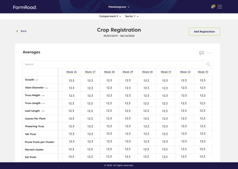
Crop registration provides growers short-term and long-term insights for better crop management. A balanced crop has the optimum growth rate and maintains the right amount of vegetative biomass (assimilate potential) to support generative growth – in other words, the optimum stem structure and number of leaves to support flower and fruit growth.
With insights from weekly crop registrations, growers can adjust the environment to steer the crop back into balance (vegetative or generative, depending on which way the crop is veering). This is an important part of crop management practice especially in perpetually harvested crops like tomatoes.
Long-term, crop registration records are equally as valuable. Growers can overlay crop registration measurements with environmental data to use for crop planning. Crop planning is typically conducted at least a year in advance. As growers gather data from more cycles, they create more accurate crop plans and schedules. But without crop registration measurements growers must rely on other sources of crop data or make decisions based on “gut feel”.
Multiple measurements are documented from the growing tip to the oldest leaf of the plant. These include stem diameter, weekly stem growth, leaf length, leaf width, number of leaves, opened flowers, and set flowers. These measurements indicate if the plant is in balance, is vegetative or generative.
Yes, although crop registration is popular in greenhouse tomato cultivation, it is a valuable tool for any farmer growing any crop. Tomato growers have found that weekly crop registration provides good insights into crop growth and development as it aligns with typical greenhouse tomato growth and development rate.
One of the biggest criticisms of crop registration – and the main reason growers don’t include it in their crop management plan – is how much time it takes. Crop registration is slow, time-consuming and requires trained staff. To conduct crop registration on a tomato plant for example, staff have to go up and down on a greenhouse trolley taking measurements from different heights. Furthermore, grow staff usually take measurements using a pen and paper, then later manually enter these readings into a spreadsheet. Due to these constraints, growers typically use about 10 plants for crop registration.
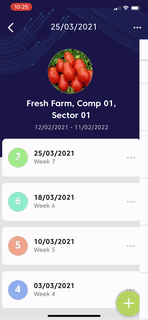
However, there are tools to facilitate faster crop registration, like the FarmRoad app. FarmRoad cuts down on time spent on both taking measurements and the manual transference of data from paper records into digital form. Data can also be exported from the app. By using FarmRoad, growers are able to measure more plants more frequently to help steer their crop in the right direction and find causes for anomalies like yield swings, and poor fruit setting.
When crop registration data is combined with weather, climate, irrigation/fertigation, pollination, and scouting data, the whole data set is one of the most powerful tools the growers possess to manage the crop to achieve their crop targets.
Growers, consultants and agronomists love to use as much data as possible to steer the crop in the right direction. For successful crop management, crop responses should be measured, and crop registration is an invaluable tool for CEA producers during this process.
Find out more about FarmRoad.
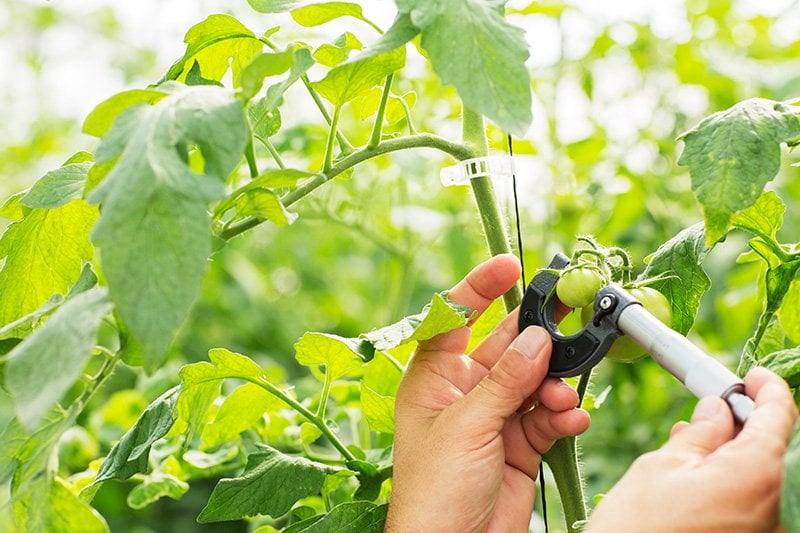

Fruit Logistica 2024 in Berlin wrapped last week, bringing to a close its biggest edition yet with...
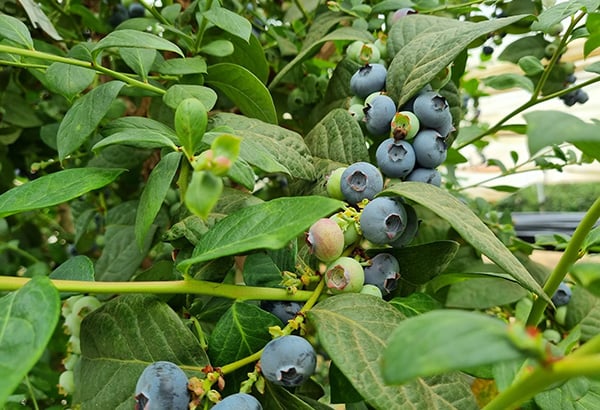
Heat stress is a significant concern for berry growers as it has both positive & negative effects...
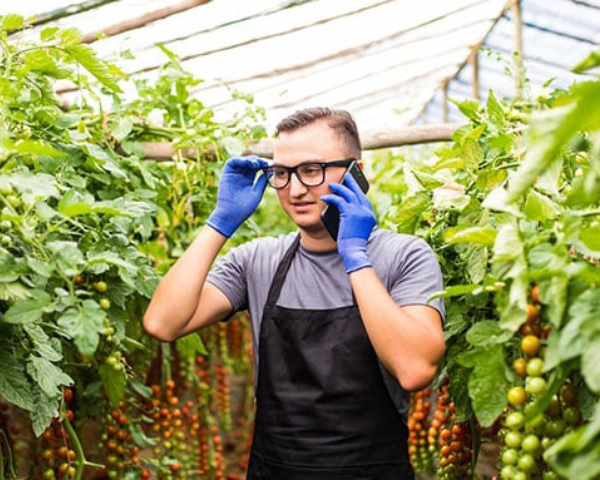
Real-time alerts play a vital role in empowering growers to make better crop management decisions.

Read our team's report on the 2023 Morocco Berry Conference, held in Agadir.

WayBeyond's team share first impressions, general observations and key takeaways from Fruit...
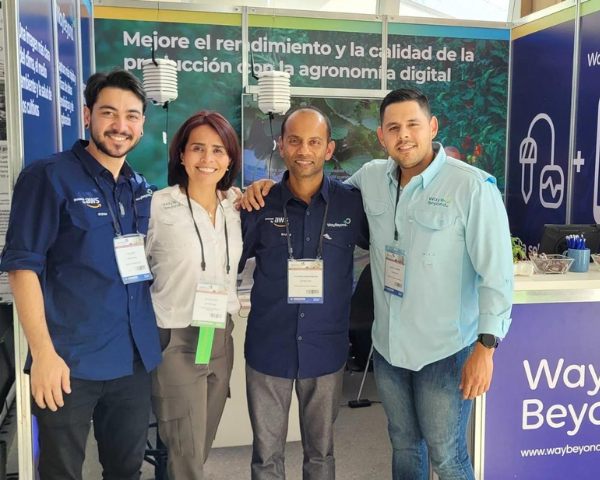
Insights and reflections from the WayBeyond team at GreenTech Americas 2023, held in Querétaro,...
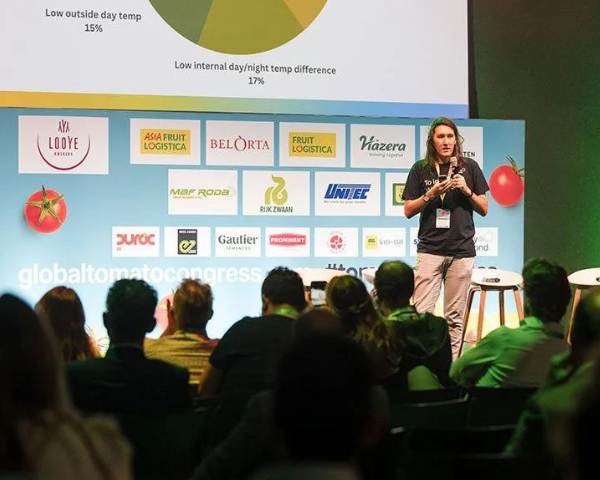
WayBeyond's study unveils factors behind yield swings and proposes an alternative to improve yield...
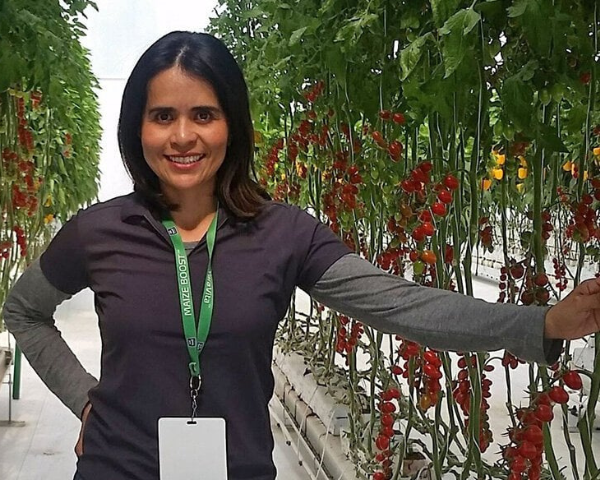
With protected agriculture on the rise, Mexico is ripe for the next wave of tech innovation.
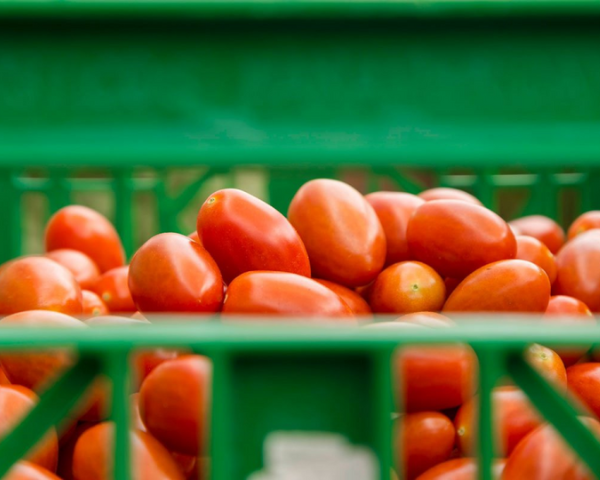
In this crop steering guide, you'll learn how to adjust environmental factors for ideal plant...
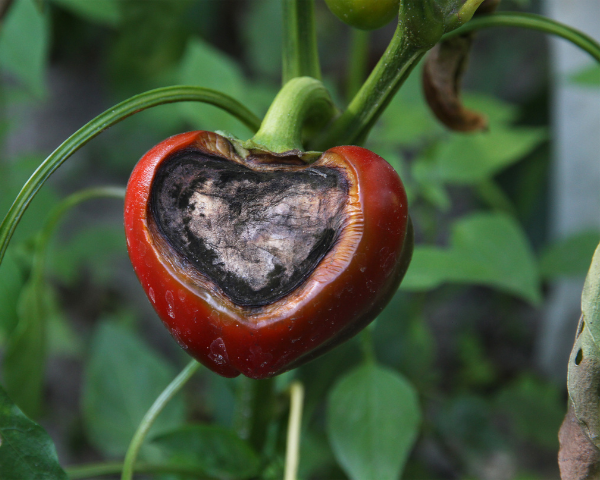
Digital agronomy insights helps tackle crop loss, production variations, and declining yield by...
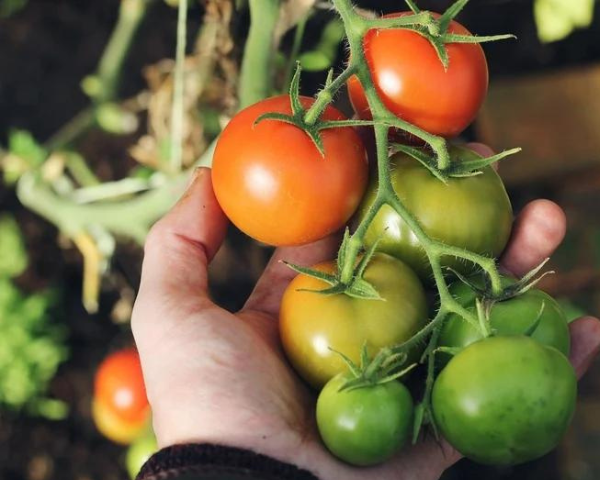
Discover strategies for maximizing crop yields by balancing generative/vegetative growth.
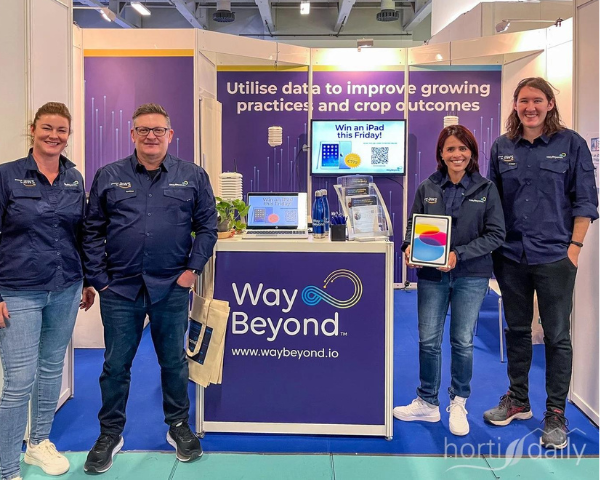
Read the round up of Berlin Fruit Logistica 2023 from the WayBeyond team on the ground.

Learn the challenges and potential of AI and machine learning in agriculture for sustainable crop...
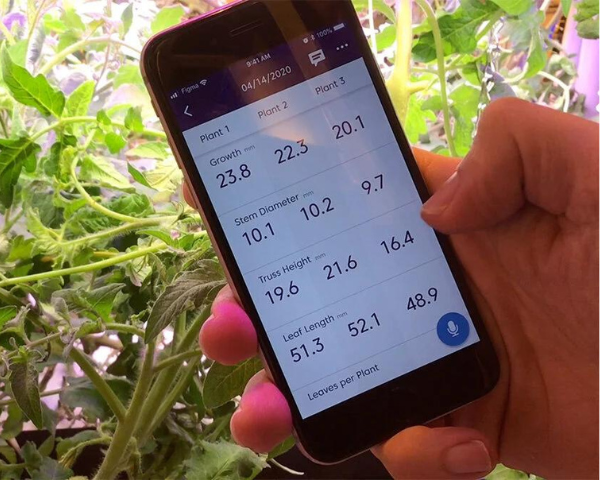
Why do growers use crop registration and how does it benefit crop management practices?
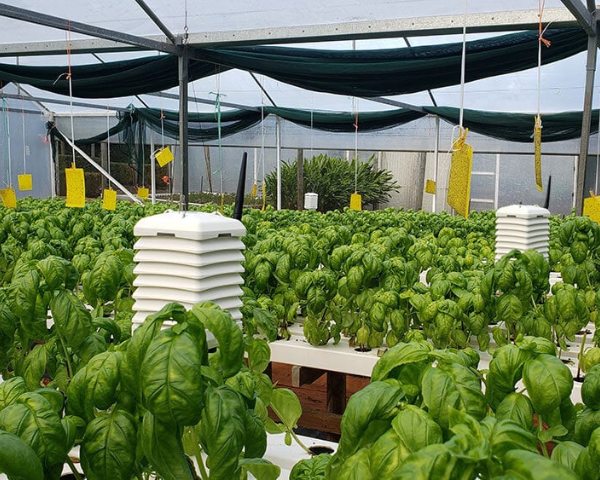
Growers require frequent and detailed climate data and crop status visibility to get the best from...

Lotte Bayly shares about her career journey, navigating gender bias, and her views on gender...

The future of farming may be indoors. We know that’s already happening for tomatoes and leafy...

Frost devastates blueberry crops, leading to significant economic losses. By harnessing digital...
Champions of crop management.
Giving protected growers the power to make better crop management decisions and optimize crop outcomes.
Solutions
Customers
©2024 WayBeyond. All Rights Reserved.